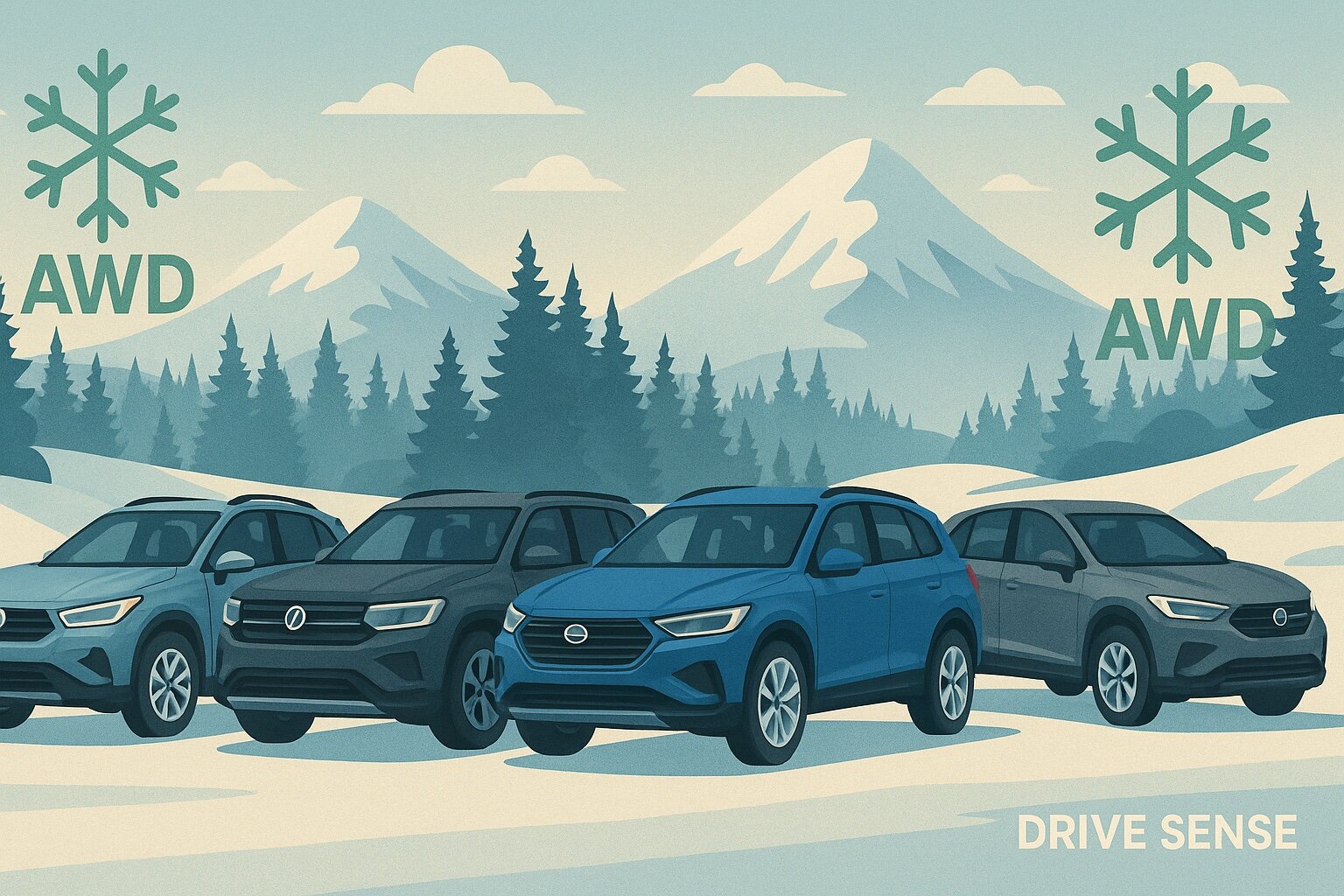Sticker Shock: The Real Price Behind the Showroom Glass
Walk into any dealership in Manhattan or out on Long Island, and you’ll find yourself surrounded by polished sheet metal, the scent of new upholstery, and a parade of price tags. But beneath those numbers lurk hidden dealer fees—charges that can add hundreds, sometimes thousands, to your final bill. As someone who’s spent years dissecting auto sales trends and tracking dealer practices across the U.S., I’ve learned just how crucial it is to separate fact from fiction before you sign on the dotted line.
Understanding Dealer Fees: More Than Just Tax and Title
At their core, dealer fees fall into two broad categories: legitimate government-mandated costs (like state sales tax, registration, and title transfer), and discretionary dealer-imposed charges. The latter are where things get tricky. Common culprits include documentation (doc) fees, advertising charges, VIN etching, nitrogen tire inflation, window tinting, and even prep or delivery fees. I’ve seen doc fees in New York range from $75—the state-mandated cap—to over $800 in neighboring states like New Jersey where regulations are looser. That’s a substantial swing for what amounts to paperwork processing.
The Anatomy of a Fee: What Are You Really Paying For?
The line between necessary and negotiable isn’t always clear. Prep or destination charges are often baked into the manufacturer’s suggested retail price (MSRP), but some dealers try to tack them on again—double-dipping in plain sight. Then there are advertising fees; automakers typically build these into invoice pricing, yet dealers may attempt to pass them directly to buyers as well. Nitrogen in tires? That’s a service with minimal tangible benefit for most drivers in the Northeast’s variable climate, yet it can show up as a $100 line item. Every extra charge deserves scrutiny.
Don’t Let the Pen Move Faster Than Your Mind
It’s easy to get swept up in the excitement of a new car—the satisfying click of a turn signal stalk, the weighty thunk of a closing door—but that’s exactly when vigilance matters most. The final paperwork is where hidden fees often emerge. My advice is simple but firm: do not rush this stage. Ask for a detailed buyer’s order or out-the-door worksheet before you agree to anything. Every item should be spelled out clearly; if something feels ambiguous or unjustified, press for clarification or removal.
Negotiation: Your Most Effective Defense
Dealers expect negotiation—it’s woven into the fabric of American car buying. Hidden fees are rarely set in stone. If you spot an unfamiliar or excessive charge, challenge it directly and calmly. For example, if you see a $500 doc fee at a New Jersey dealership but know that a New York store is capped at $75, mention it. Dealers want your business; if they sense you’re informed and willing to walk away, they’ll often budge on discretionary add-ons.
Research Is Your Best Armor
Before setting foot in any showroom, spend time researching typical fees for your region and state. Resources like Edmunds, Kelley Blue Book, and state Department of Motor Vehicles websites break down what’s required by law versus what’s dealer-imposed. In 2023 alone, according to Cox Automotive data, more than 70% of buyers reported encountering unexpected charges during their purchase process—a testament to the persistence of these tactics despite growing transparency initiatives.
The Fine Print: Where Surprises Hide
If there’s one place where frustration builds quickly—sometimes with an undercurrent of mild annoyance—it’s in deciphering the fine print on sales contracts. The font is small; the language can be dense or deliberately vague. Take your time here. Look out for phrases like “additional dealer markup” (ADM), “market adjustment,” or “protection package.” These aren’t regulatory requirements—they’re pure profit centers for dealers.
The Power of Walking Away
I’ve covered hundreds of transactions where walking away was the buyer’s best leverage tool. Dealers know that competition is fierce—especially in metro areas like New York City where Toyota Camrys and Honda CR-Vs line lots up and down Queens Boulevard. If negotiations stall over unjustified fees, politely thank the salesperson and leave your contact information. More often than not, I’ve seen follow-up calls come within hours with revised offers.
Trade-Ins and Financing: Watch for Fee Creep
Hidden costs aren’t limited to new car purchases; trade-ins and financing arrangements are fertile ground too. Some dealers will try to offset a strong trade-in value by quietly padding other parts of the deal—an extra warranty here, an inflated service contract there. When arranging financing through the dealer, scrutinize every fee associated with loan origination or credit checks. Lenders may impose legitimate charges, but dealers sometimes add their own on top.
Government Policy: A Work in Progress
The Federal Trade Commission has proposed new rules (as of early 2024) targeting bait-and-switch tactics and requiring clearer disclosure of all charges up front—a move welcomed by consumer advocates but still winding its way through legislative channels. State laws vary widely: California caps doc fees at $85 (for 2024), while Florida has no ceiling at all. Stay informed about your local regulations; knowledge is power when confronting questionable charges.
Buy With Eyes Open—And Paperwork in Hand
The hum of that V6 under the hood might be music to your ears as you drive off the lot—but satisfaction comes from knowing you paid only what was fair and transparent. Insist on an itemized breakdown before signing anything; compare offers from multiple dealerships; leverage your research every step of the way. Hidden dealer fees don’t have to be an inevitable part of buying a car in America—they thrive only when buyers aren’t prepared to push back.
